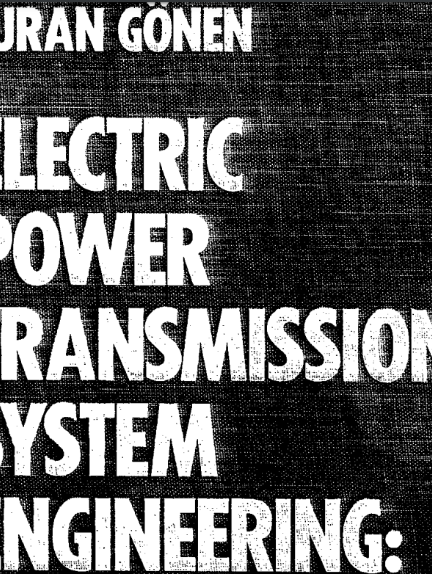
ELECTRIC POWER TRANSMISSION SYSTEM ENGINEERNING
Tahun : 1988Pengarang : TURAN GONEN
Penerbit : BY JOHN WILEY & SONS
Ket : An electrical power system can be considered to consist of a generation system, a transmission system, a subtransmission system, and a distribution system. In general, the generation and transmission systems are referred to as bulk power supply, and the subtransmission and distribution systems are considered to be the final means to transfer the electric power to the ultimate customer. Bulk power transmission is made of a high-voltage network, generally 138-765 kV alternating current, designed to interconnect power plants and electrical utility systems and to transmit power from the plants to major load centers. Table 1.1 gives the standard transmission voltages as dictated by ANSI Standard C-84 of the American National Standards Institute. The subtransmision refers to a lower voltage network, normally 34.5-115 kV, interconnecting bulk power and distribution sub- stations. The voltages that are in the range of 345-765 kV are classified as extra-high voltages (EHVs). The EHV systems dictate a very thorough system design. Figure 1.1 shows the critical path of steps in an EHV line design. While, on the contrary, the high-voltage transmission systems up to 230 kV can be built in relatively simple and well-standardized designs, the voltages above 765 kV are considered as the ultrahigh voltages (UHVs). Currently, the UHV systems, at 1000, 1100-, 1500-, and 2250-kV voltage levels, are in the R&D stages. Table 1.2 gives the lengths of the transmis- sion lines installed in the service areas of the regional reliability councils. Figure 1.2 shows the trends in technology and cost of electrical energy (based on 1968 constant dollars).
Ketegori : SYSTEM ANALYSIS AND DESIGN

